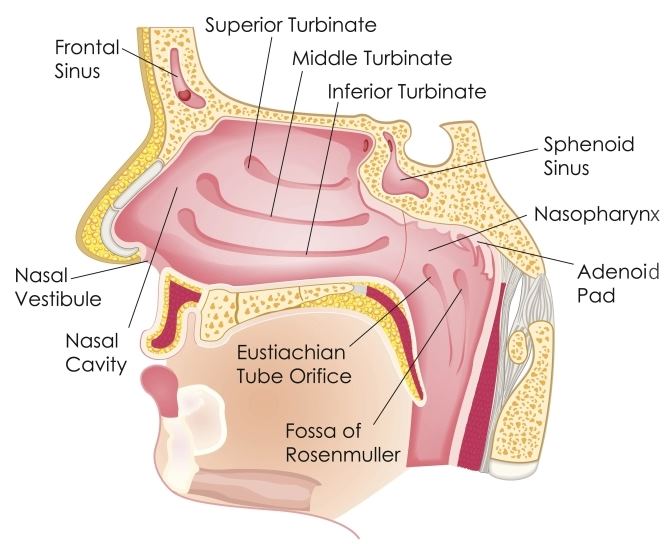Currently, sinus surgery involves the use of endoscopes (small telescopes) for visualization and specialized instruments to open the natural drainage pathways which results in improved function of the sinuses, hence the term Functional Endoscopic Sinus Surgery. Surgery is done through the nose with no external incisions.
Further technological advancements allow your surgeon to use imaging in the form of a CT scan to map the location of surgical instruments in real time. This is called Image Guidance, and significantly decreases the risk of sinus surgery.
Sinus surgery is typically an outpatient procedure. Recovery takes 1-2 weeks with routine follow-up visits during the first 2-3 months for cleaning (debridement). This ensures adequate healing, scar prevention and early intervention should infection or nasal polyps recur.
Sinus surgery is usually needed in place of balloon sinuplasty if there is evidence of allergic fungal sinusitis, nasal polyps or other bony and/or soft tissue growths causing obstruction of the sinuses.

